
The new Stonewall National Monument Visitor Center makes national park history, creating a cross-generational space to celebrate LGBTQ+ stories.
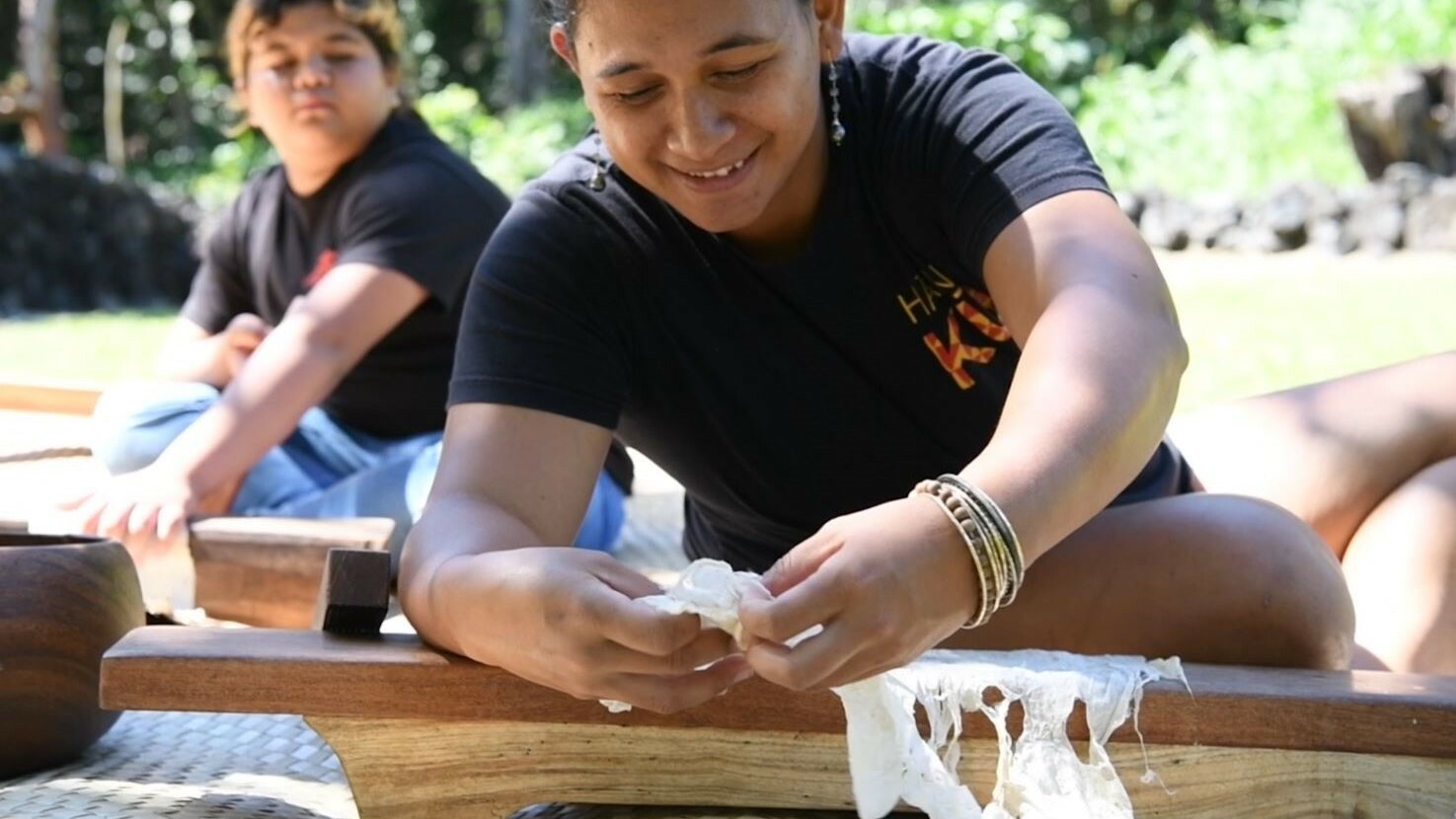
"Everybody has some idea of what a home is, even though people's ideas are vastly different about what that is."
National parks aren’t just lands and places; they’re homes. They are ancestral homelands to many Indigenous tribes, home to park rangers and staff who reside within park boundaries, and home to American bison and California condors that have fought their way back from near extinction. And today, our national parks hold the stories of homemaking itself, sharing the myriad ways in which people have forged connections and built homes within these landscapes.
At the forefront of this exploration into the nature of “home” in the American West is Nicole Martin, Ph.D., who for the past two years, has immersed herself in this subject as the National Park Service’s (NPS) Women’s History in the Pacific West Fellow. Funded through the National Park Foundation’s Women in Parks program, the two-year postdoctoral fellowship seeks to recognize the everyday and extraordinary contributions women have made to our country as well as the roles they continue to play.
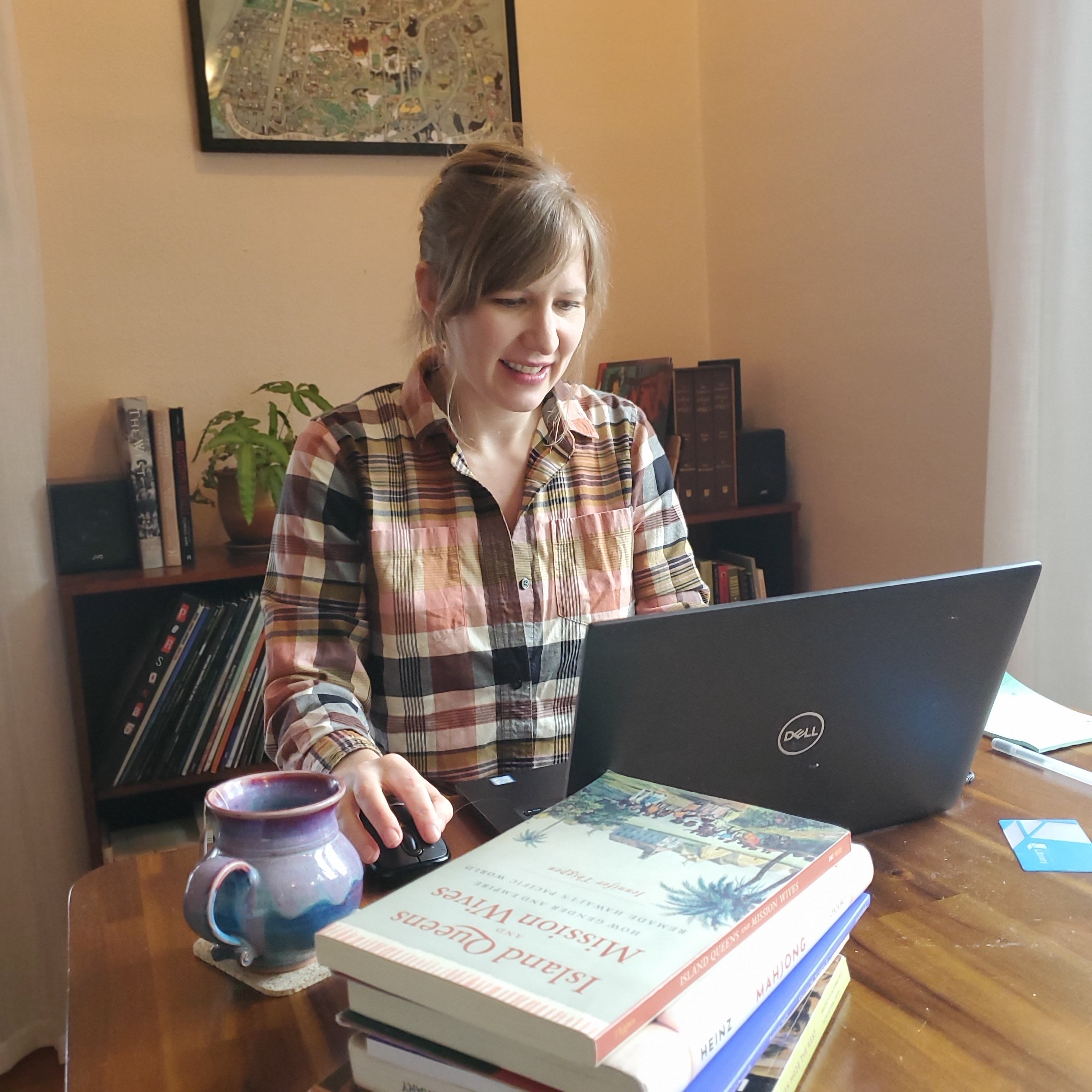
Exploring the concept of home and what it means to make a home is both universal – everyone has some understanding of what home means – and highly personal.
Within this meaning, Martin’s journey began with a seemingly simple question: What does home mean? Martin began curating a digital exhibit, titled “Home and Homelands,” exploring the intricate narratives of home and women’s roles in the West.
"Everybody has some idea of what a home is, even though people's ideas are vastly different about what that is," Martin said.
Through her work on “Home and Homelands,” Martin challenges conventional notions of women’s history by expanding the exhibit’s narrative beyond domestic stereotypes. She not only spotlights the often-overlooked contributions of women in shaping the American West but also captures the contested politics of homemaking in the West. Martin’s work is not just about uncovering forgotten stories; it’s about reshaping prevailing narratives that have long defined our understanding of home.
“So much popular history of the American West still boils down to two main stories, the rugged male individual and the pioneer family,” Martin says. “Both of these stories often completely erase the Indigenous story.”
“We're constantly struggling with who gets to make a home, who gets to call America home, and if people can realize that there's been many ways of making home in the past, hopefully they will be more open to all the different ways people make home today,” Martin says.
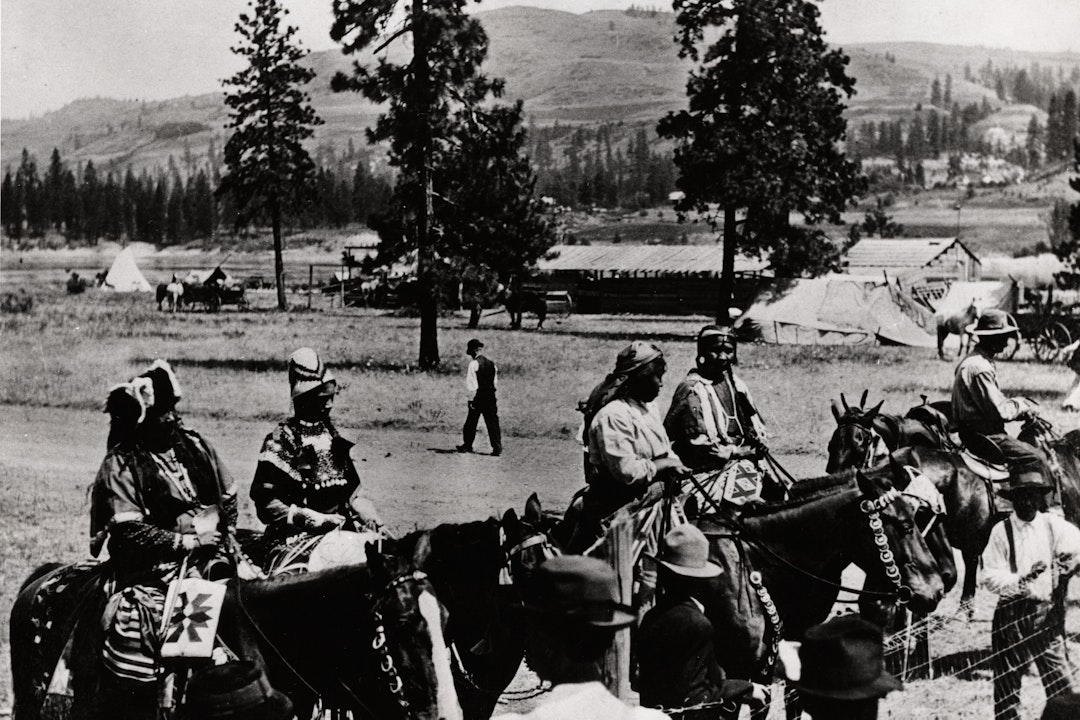
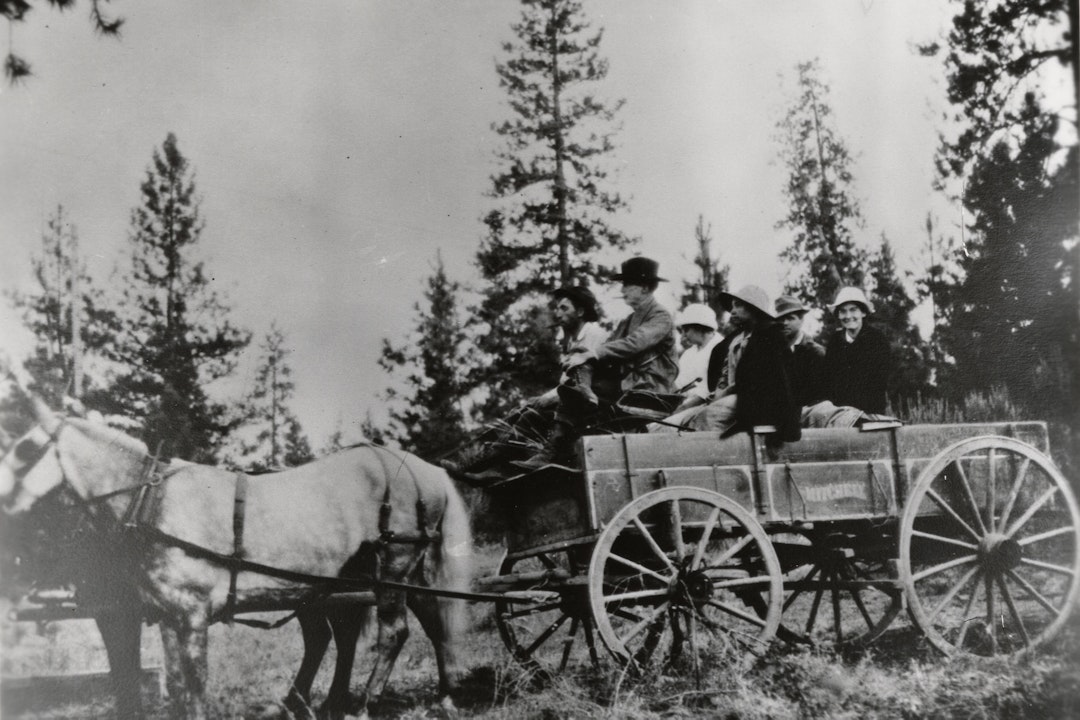
She sees her project as not just an academic endeavor but a call to action — a call to acknowledge the complex realities of history. By highlighting the contributions of women in claiming the West, we can begin to dismantle the myths of the past and include more diverse narratives and perspectives to our concept of home in the West.
And parks are the perfect opportunity to do just that, Martin says. Parks offer a platform for diverse perspectives, and she hopes that exploring the theme of home through the “Home and Homelands” digital exhibit will make that history more accessible to everyone.
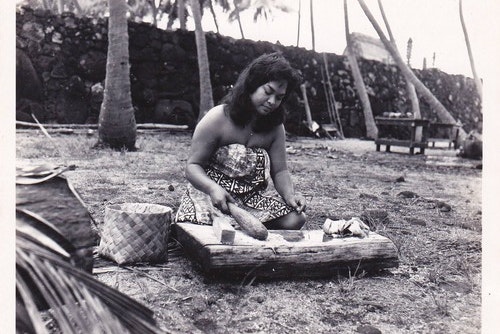
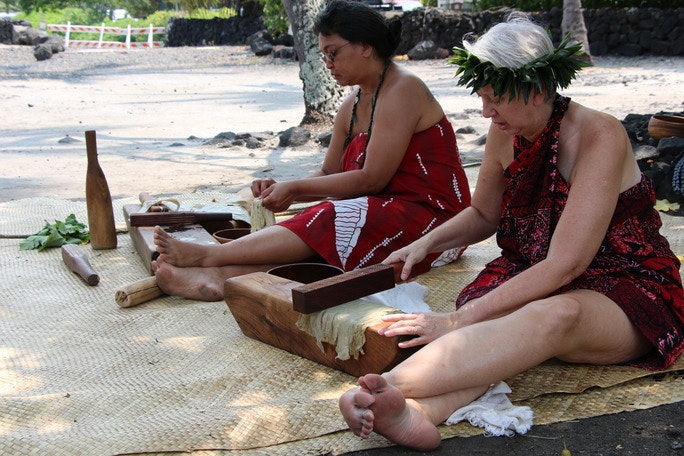
Revisiting her guiding question: What does home mean? Martin and her team ultimately named the exhibit “Home and Homelands.”
“We were encouraged to also include the word ‘homeland’ and part of that is to challenge that dominant perspective of home,” Martin said.
Amplifying and celebrating stories of women often overshadowed in American West narratives, Martin wanted to share stories of Indigenous women inclusive of, but also going beyond the story of stolen lands. She emphasized the importance of incorporating diverse perspectives of women, especially from Indigenous cultures, where home may be synonymous with homeland. Through this lens, the exhibit delves into the ways different cultures perceive and experience home, including the significant role of our senses, such as sound.
Sound is deeply intertwined with our sense of place and belonging. In many cultures, specific sounds evoke memories and emotions associated with home, whether it’s the familiar chatter of neighbors, the rustling of leaves in a childhood backyard, or the rhythmic beats of cultural practices. For some Indigenous communities, soundscapes reflect the natural environment and cultural traditions of their homelands.
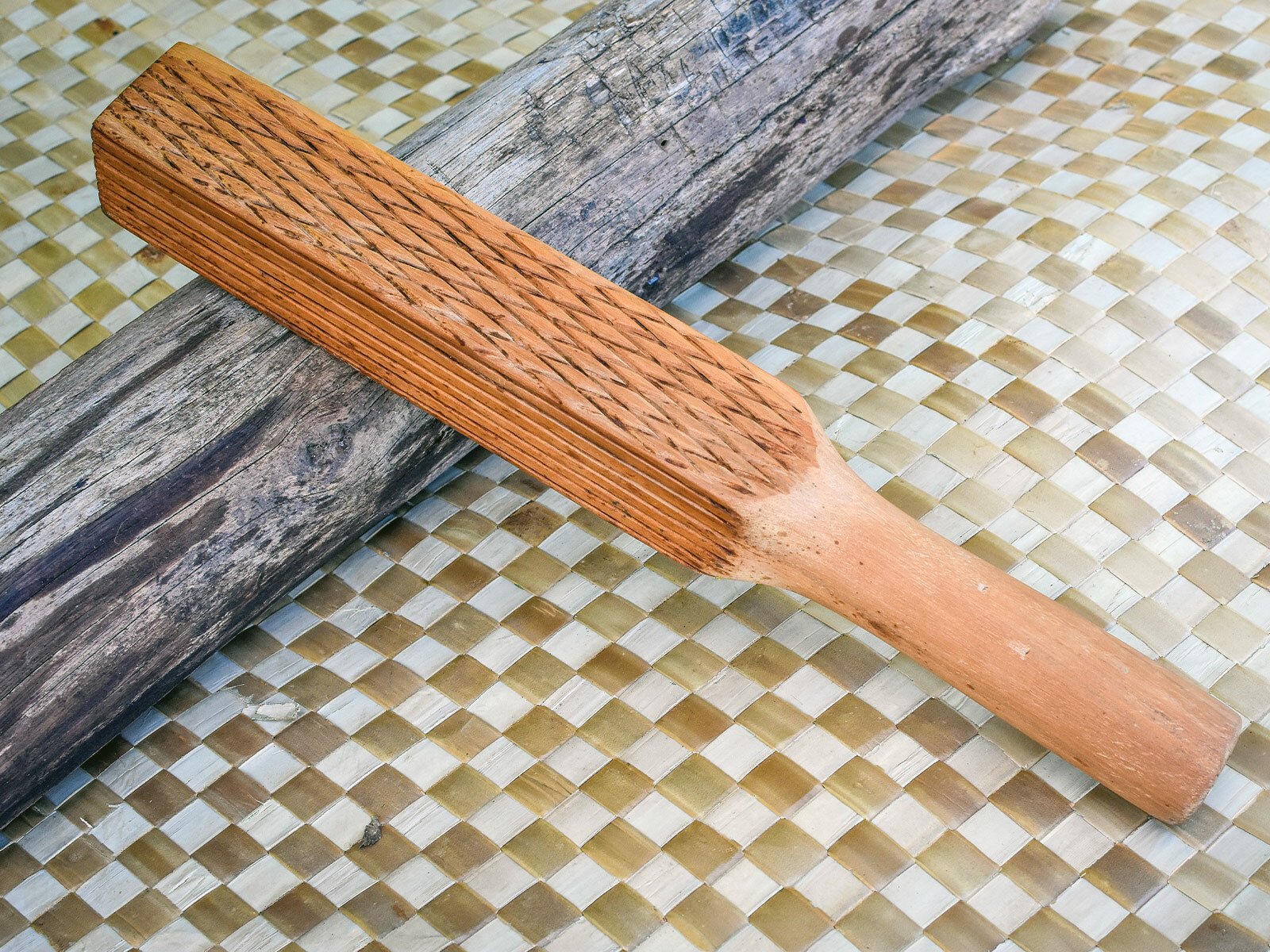
In a video in the exhibit, Martin tells the story of women creating the rhythmic echoes of a wooden kapa beater striking a wooden anvil in order to make kapa, a traditional Hawaiian fabric made from the inner bark of a tree. Each tap of the beater resonates with a hollow ringing, shaping the cloth into intricate designs that carry the weight of centuries of tradition.
For many Native Hawaiians, the process of kapa beating is more than just a craft; it’s a deeply cultural and spiritual practice, traditionally primarily undertaken by women. Western colonization almost entirely wiped out the practice of kapa making, and with it, the kapa beating soundscape. Reclaiming the tradition today serves as a powerful and sensory way for Native Hawaiian women to reconnect with women of the past.
Through the restoration of the kapa beating soundscape, Indigenous women are challenging colonial legacies, while also offering a different perspective on how to live in the world.
“I loved being able to think about home in this much, much different way,” Martin said. “What I love about the past and what I love about history is there were these other ways of living in the world, other ways of being human that have been lost.”
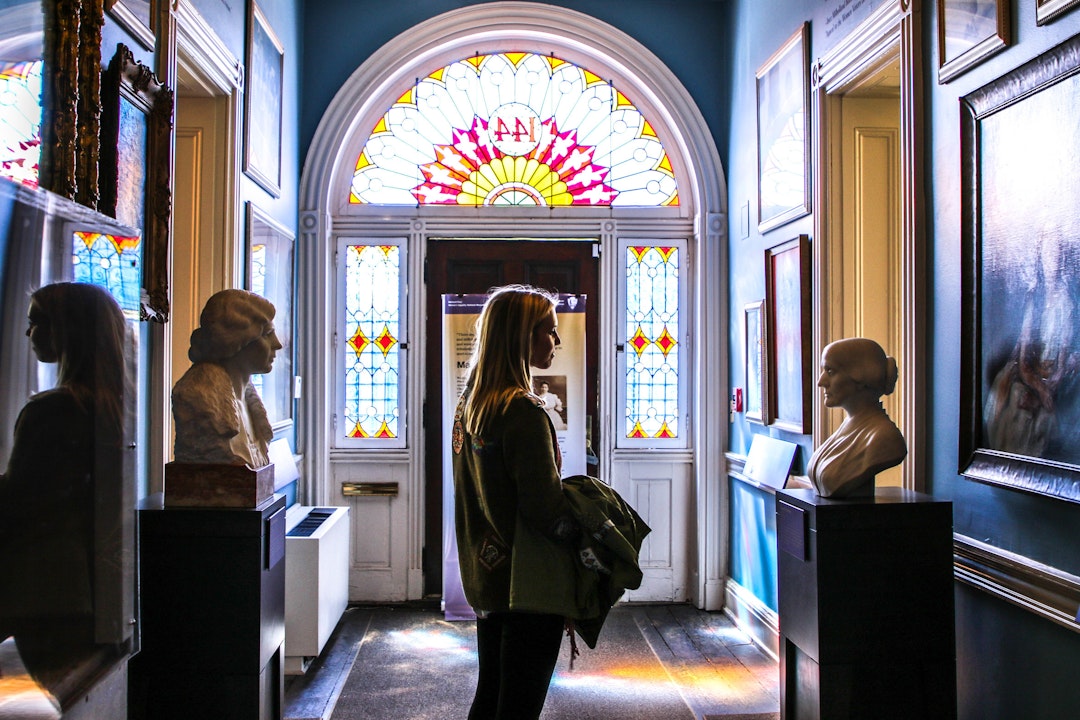
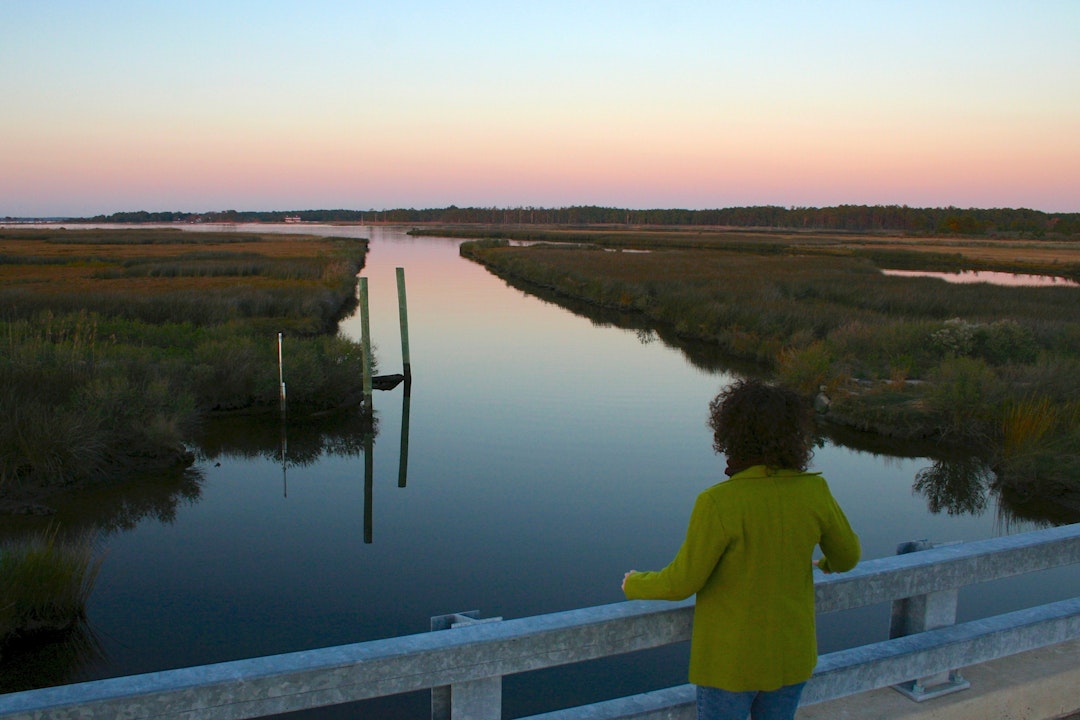
Martin’s work may tell stories of the past, but concepts of home continue to dominate cultural and social norms.

She hopes that the exhibit challenges viewers to move beyond traditional notions of home associated with the 1950s housewife archetype. Flipping that construct, Martin explained that homes can be the locus of political contestation and social progress. Citing examples such as the women’s suffrage movements, she explains, “the brilliance of a lot of these 19th century women who fought for the vote was that they did it through the home.”
Today, the concept of home is not just an academic or personal construct, but a social milestone. Martin acknowledged the societal pressure to own a home and the pervasive belief that owning a home is a marker of success.
“I'm constantly fascinated by how much the pull of owning a home is still just this overwhelming desire, and to be fully happy in our American society, you have to own a home.”
As the “Home and Homelands” digital exhibit nears completion in the summer of 2024, Martin’s work reminds us of the vital role women played in shaping the American West and our understanding of home. Amplifying diverse narratives, Martin challenges us to reconsider the political dimensions of home, conventional notions of homemaking, and the overlooked contributions of women to the fabric of society.
From the practical tasks of homesteading to the broader political, social, and cultural dimensions of homemaking, the completed “Home and Homelands” exhibit will provide a platform for national parks to share these diverse narratives, showcasing the myriad ways in which women have shaped and reshaped the notion of home over time.
By centering these narratives, the exhibit not only acknowledges the contributions of women to our understanding of home but also challenges prevailing stereotypes and fosters a more inclusive and nuanced appreciation of the diverse experiences of women in the Pacific West region and the broader landscape of our national parks.

The new Stonewall National Monument Visitor Center makes national park history, creating a cross-generational space to celebrate LGBTQ+ stories.

Renovations at the Carter G. Woodson Home National Historic Site are helping ensure that Woodson’s legacy lives on — continuing to teach us all about Black history and the power of stories.